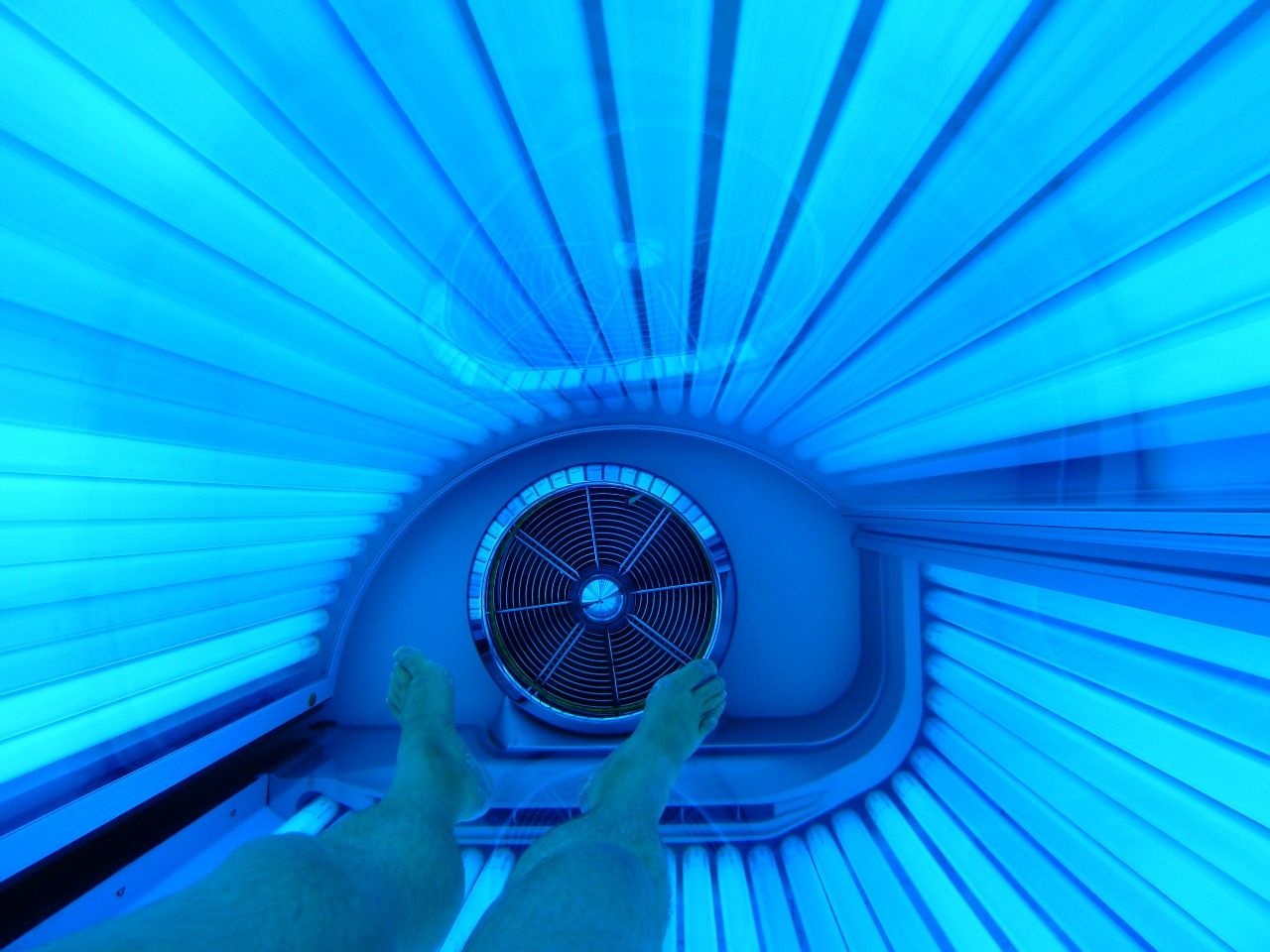We’ve all heard that melanoma is the deadliest form of skin cancer, but it bears repeating. This year alone, nearly 10,000 people have died because of it. Despite its prevalence, some of us tend to slough off obvious skin cancer symptoms. However, these lesser known skin cancer facts can save your life by signaling cancer early enough for treatment.
1. Skin Cancer Can Look Like Anything
If you have an unknown bump on your skin, it could be cancer. Most people don’t know what skin cancer looks like, so they assume skin irregularities are something else. There’s not just one type of mark that indicates skin cancer, yet a visible irregularity is one of cancer’s first signs. Sometimes it even looks like another bump you’ve had that wasn’t malignant.
Related: What to Look For: The ABCDE’s of Skin Cancer
This isn’t a “sky is falling” scenario where every mark on your body is melanoma. However, you can’t make that determination. A doctor needs to examine your skin if there’s a place in question.
2. Most Cancer is Identified Too Late
Because we can’t readily identify skin cancer at home, we usually wait too long to visit the doctor. Most people make excuses about their skin problem before going to their dermatologist. Usually, by the time they come in, the spot has been there quite a while. If it’s cancer, it may have progressed into something much more difficult to treat.
Other times, people haven’t looked at their skin often enough to notice irregularities. Awareness is key. Pay attention to your skin and if you notice a spot, pay a visit to the doctor. Worse case: you’ve caught a malignant place early. Best case: your doctor tells you it’s not a concern.
3. Skin Cancer Happens at Any Age
Because skin cancer usually pops up in later years, young people assume they can’t get it. In truth, the effects of skin cancer reach those as young as teenagers. Even teens without sun damage have been diagnosed.
Related: Your Guide to Skin Cancer Treatment Options
Skin cancer isn’t common with youth, but we can’t rule it out. That being said, it’s never too early to start wearing sunscreen. Sunburns trigger skin cancer. Protect your skin from an early age and you increase your chances of preserving healthy skin.
4. Skin Cancer Happens to Any Skin Type
People usually associate cancer with fair skin that has burned or leathered skin that has seen more than its fair share of UV rays. Certain skin types are more prone to cancer than others, but no skin type is exempt.
Naturally darker skin tones are better able to absorb the sun’s energy. Lighter skin tends to get more damage with the same amount of sun exposure. However, even though darker skin is more tolerant of the sun, it is still susceptible to it’s effects.
The effects of skin cancer are far reaching. However, with awareness of our bodies and an effort to protect our skin, we limit those effects. The easiest way to prevent skin cancer is to wear sunscreen. Then reapply it.
SPF indicates how long a sunscreen is effective. Most Caucasian skin burns in about 10 minutes of sun exposure. An SPF 15 indicates that someone can be outside for up to 150 minutes (SPF15 x 10) before they will burn. Too often, our sunscreen works, but we exhaust it’s coverage. By reapplying at regular intervals, we keep our skin protected.
No one enjoys hearing skin cancer facts, but awareness saves lives. Take your skin seriously and see a dermatologist when something comes into question. Prevention and early diagnosis are the keys to beating skin cancer.

Dr. R. Todd Plott is a board-certified dermatologist in Coppell, Keller, and Saginaw, TX. His specialization and professional interests include treating patients suffering with acne, identifying and solving complex skin conditions such as psoriasis, rosacea, atopic dermatitis, and identifying and treating all types of skin cancers. In his spare time, Dr. Plott enjoys cycling, traveling with his wife, and spending time with his children and new grandson.
Learn more about Dr. Plott.

